In the 1980s, Mitsubishi dealers couldn’t get enough Mitsubishi Shoguns. I know this because I worked for one as a salesman. The big off-roader sold like hot cakes and for the list price, too.
It was launched in 1982 and replaced by the Mk2 in 1991, which itself was replaced by the Mk3, the generation under the spotlight here, in 2000. This was a more sophisticated vehicle than its two rugged predecessors, with its monocoque body, independent suspension and rack and pinion steering. It used a refined version of the Mk2’s so-called Super Select four-wheel-drive system with full- and part-time 4WD, high and low ranges and a locking centre differential.
Looking back, the Mk3 Shogun anticipated today’s SUVs while still being able to rough it with the likes of the Land Rover Discovery. Mitsubishi had another hit on its hands, meaning that today, if you’re looking for a used one, you’ll be spoiled for choice. It gets better, because although a Mk4 followed in 2007, it was really just a heavy facelift, with some tweaks to the transmission and changes to its sole engine.

Another facelift followed in 2012 and, but for a few styling, badging and equipment changes, it’s the same Shogun you’ll find on the new price lists today. It means that prices for what, in many ways, has remained the same vehicle for the past 18 years range from £1000 for something like a 130,000-mile 2005-reg 3.2 DI-D Elegance LWB that we found in the classifieds to £43,000 for a 2018 3.2 DI-DC SG5 LWB. For this guide, however, we’ve called a halt at the 2012 facelift.
So back to 2000 and the arrival of the Mk3. It was offered in short-wheelbase (SWB) and more practical and popular long-wheelbase (LWB) forms, and powered by a choice of two engines: a 3.5 GDI V6 petrol and, more important, a 3.2 DI-D diesel producing 159bhp. If the petrol wasn’t already thirsty enough, it came with only an automatic gearbox, which ensured sales were limited to the well-heeled. The rest of us bought the diesel, in manual or auto forms.

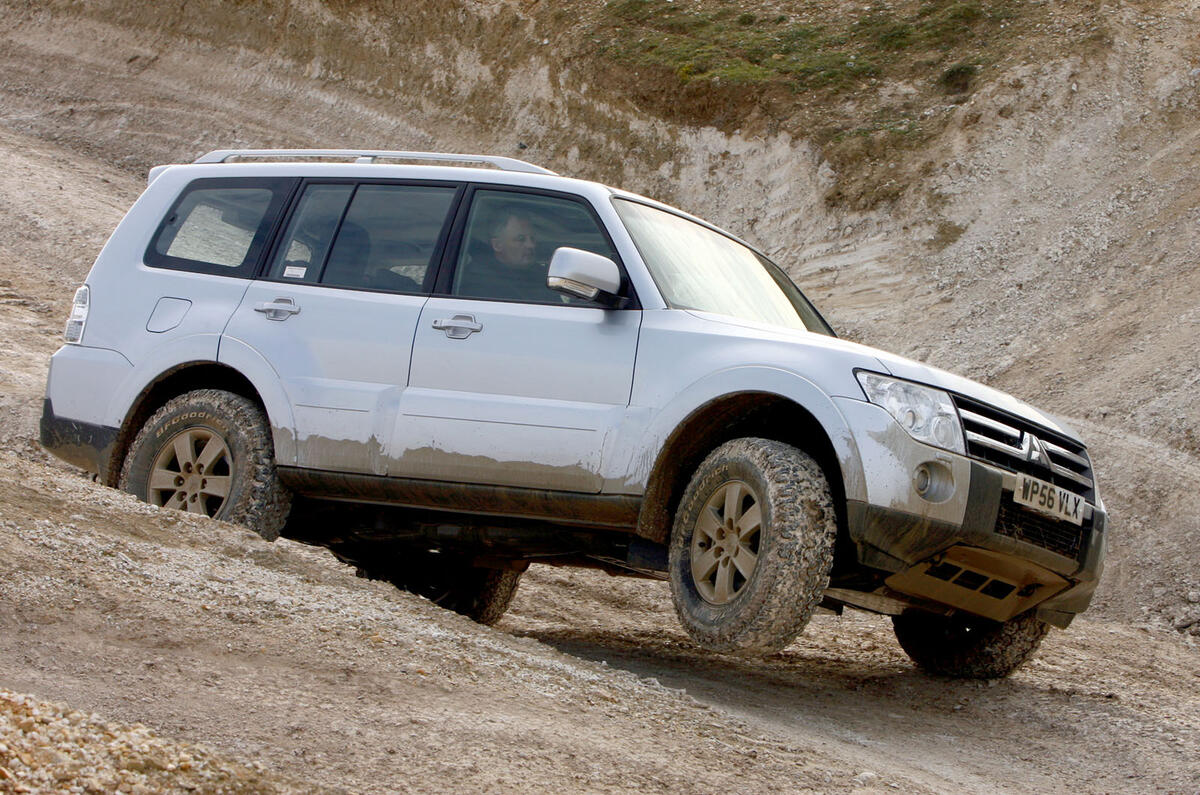

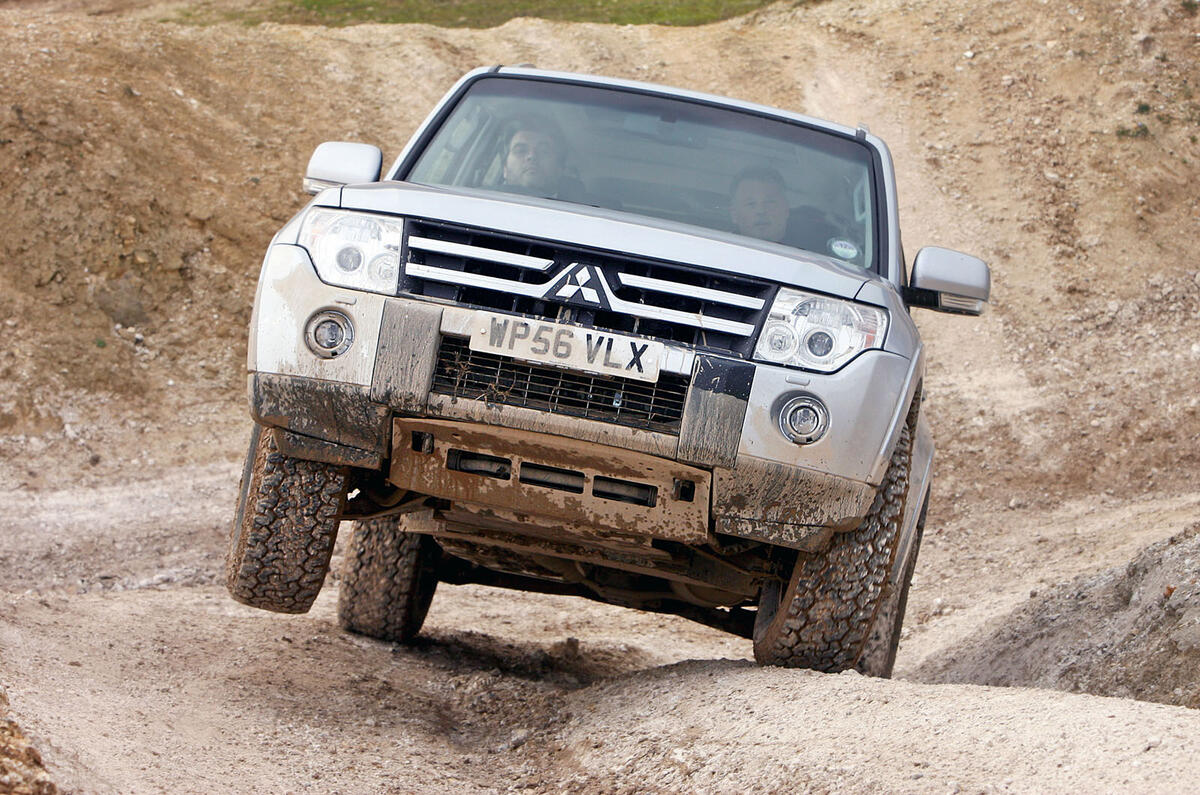
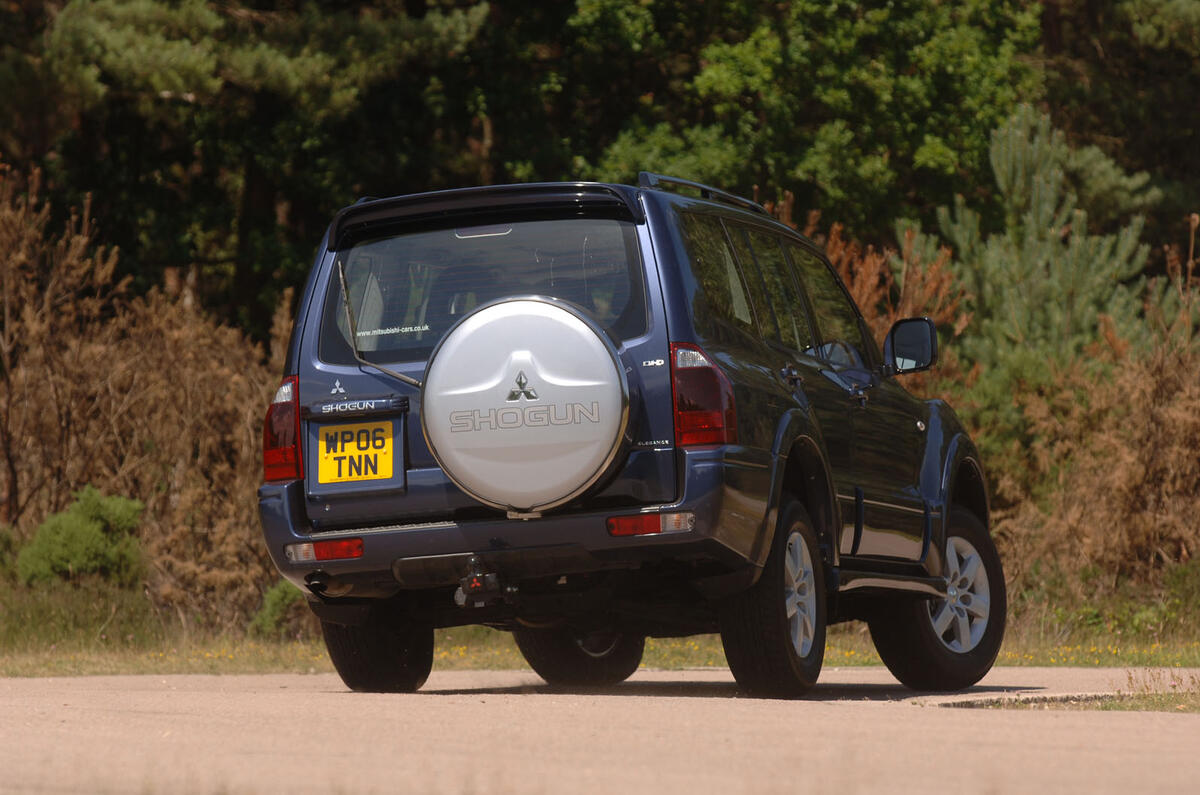
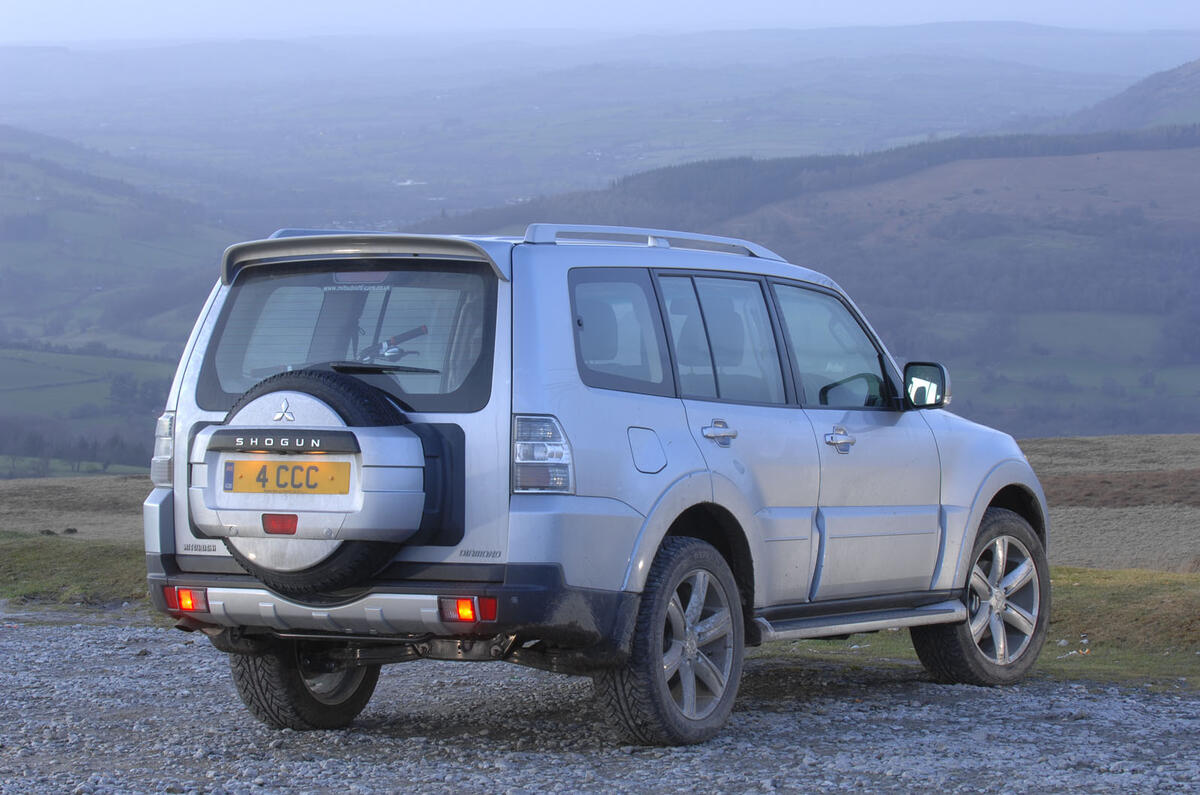




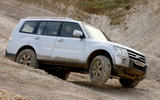









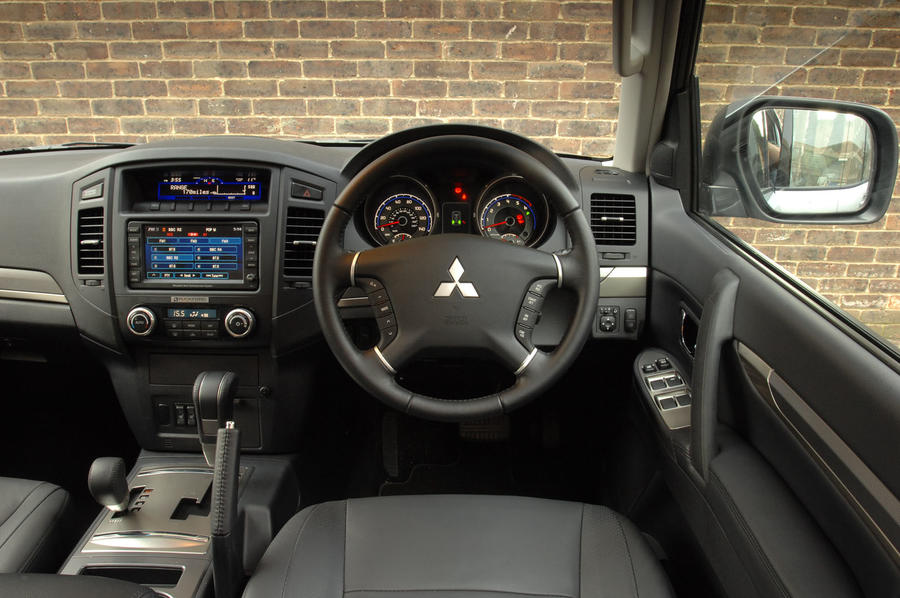
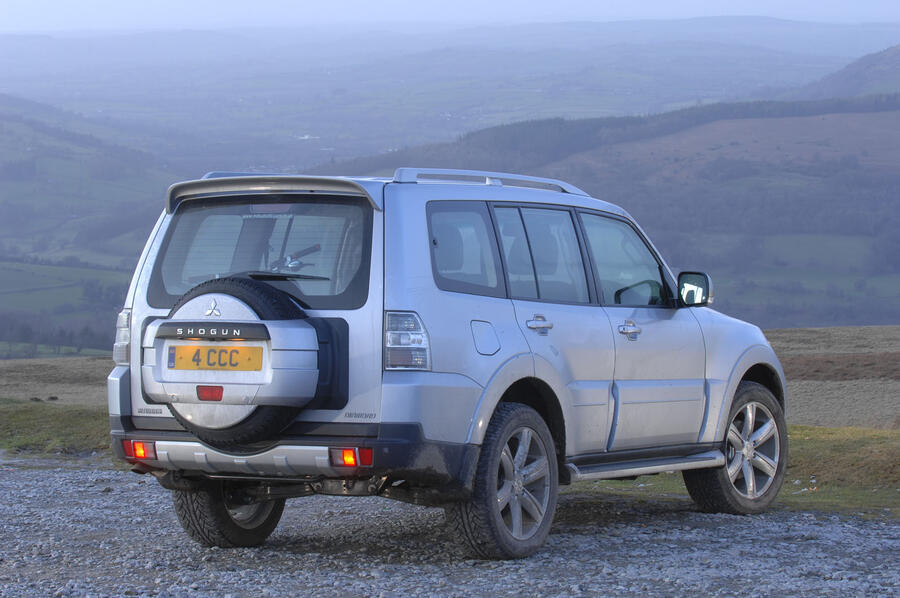




Add your comment